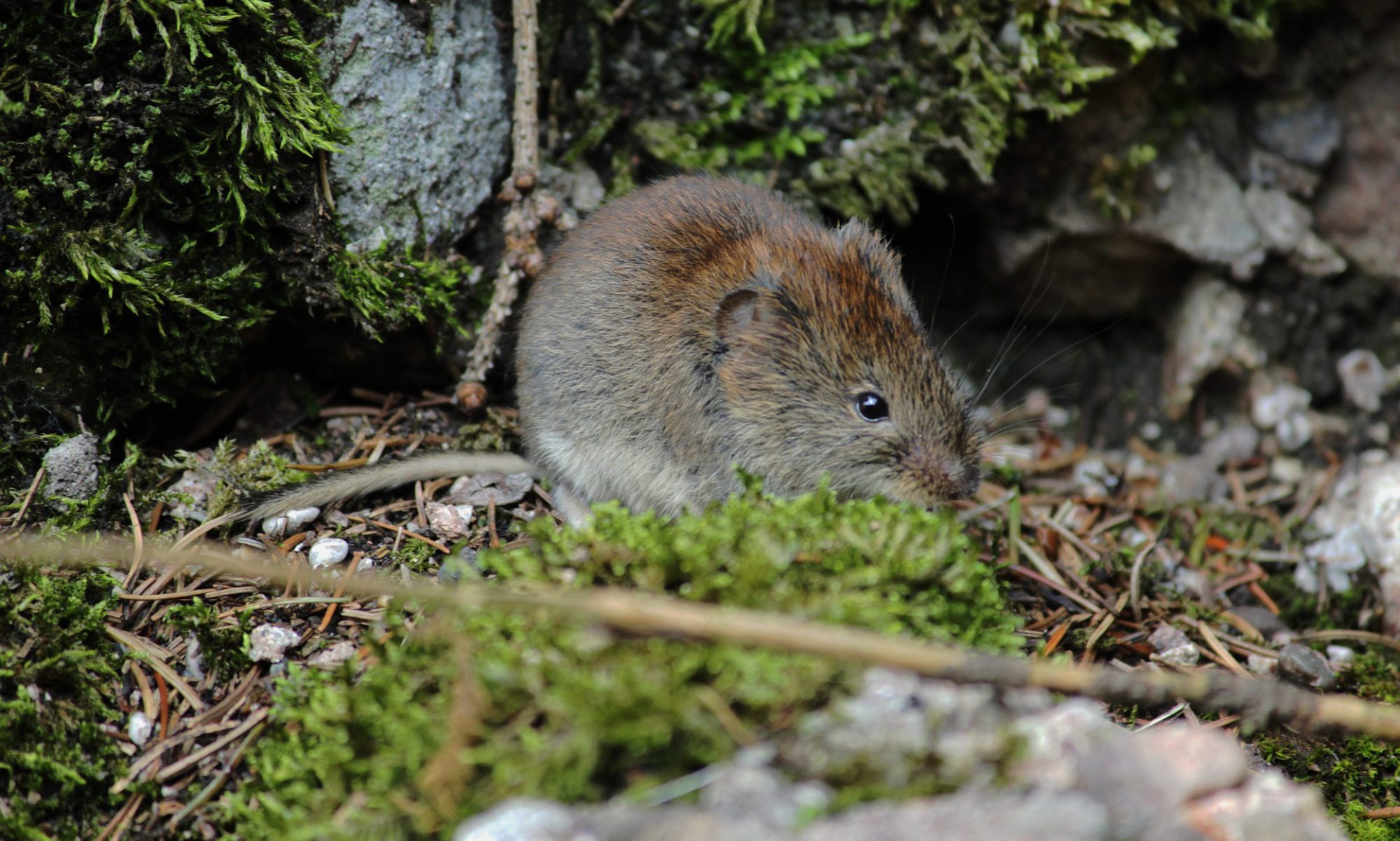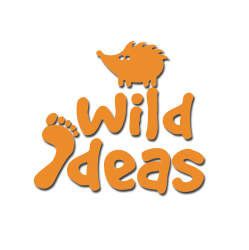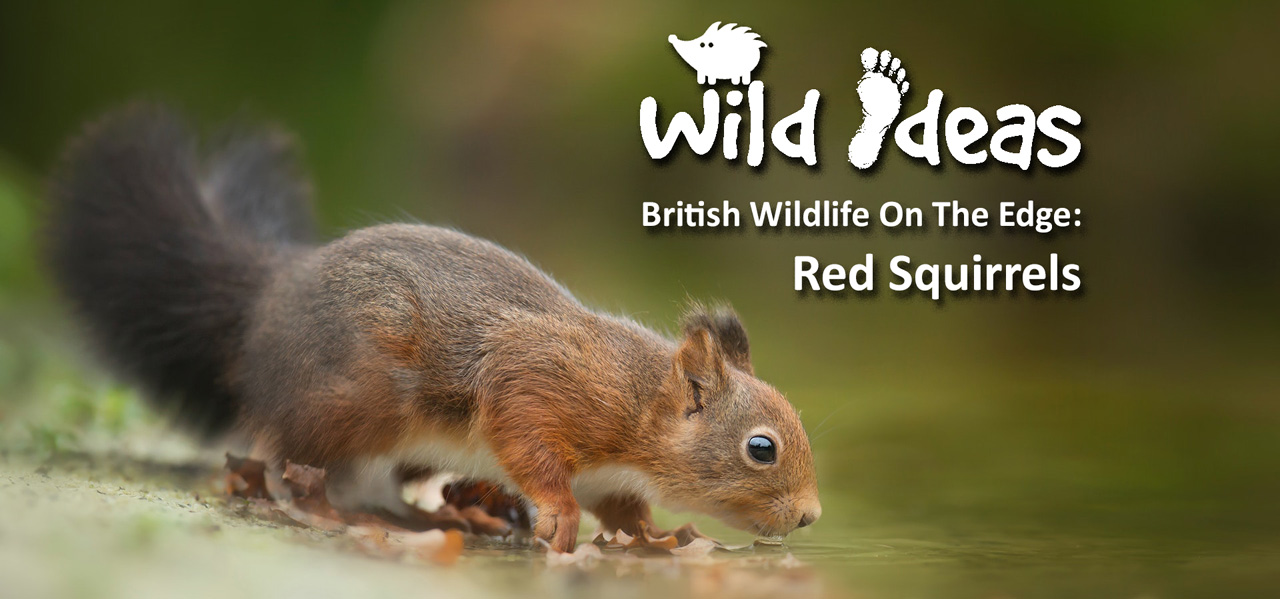I joined the practical conservation cohort on an expedition to Spurn the point in an attempt to turn the tide on beach pollution. We gathered at the Spurn Discovery Centre for the activity of the day: A beach clean! Read on to find out all about it!
Continue reading “Macro problems with Microplastics: Beach Clean at Spurn Point, Easington.”What is a bat group and why should I join?
Sarah Butcher, chair of Devon Bat Group, answers our questions about joining a bat group…
Continue reading “What is a bat group and why should I join?”Bat Rescue: An interview with Amber
What happens when bats need our help? We had a chat with Amber, a registered bat carer, to give us an insight into the amazing work she is doing with the Bat Conservation Trust!
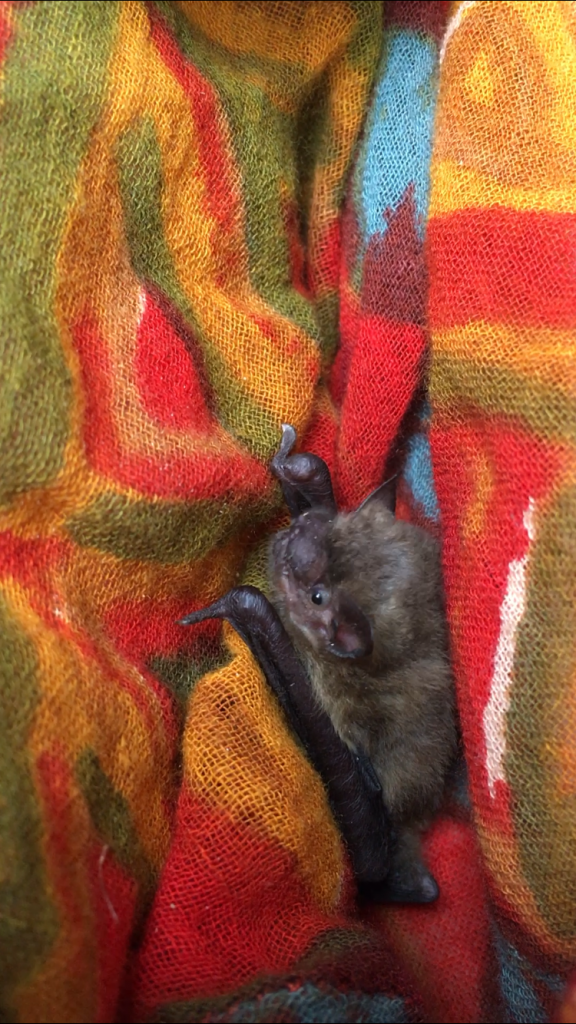
British Wildlife on the Edge: The Red Squirrel
Unless you live in Scotland or the north of England, you could well have grown up never having seen a native Red squirrel in the wild. We explore the reasons behind this and how you can help.
Continue reading “British Wildlife on the Edge: The Red Squirrel”Welcome to the Zooniverse
If I were to ask you to think about conservation, you probably think of lots of fieldwork and adventure and you would be right. But how do we do our job when we can’t get out to the field? Well, that is where we need your help…

Time to explore…. from your sofa?
Like many people in the world, lots of us at Wild Ideas have had our adventures postponed this year! But is that going to stop us exploring our natural world? Absolutely not!
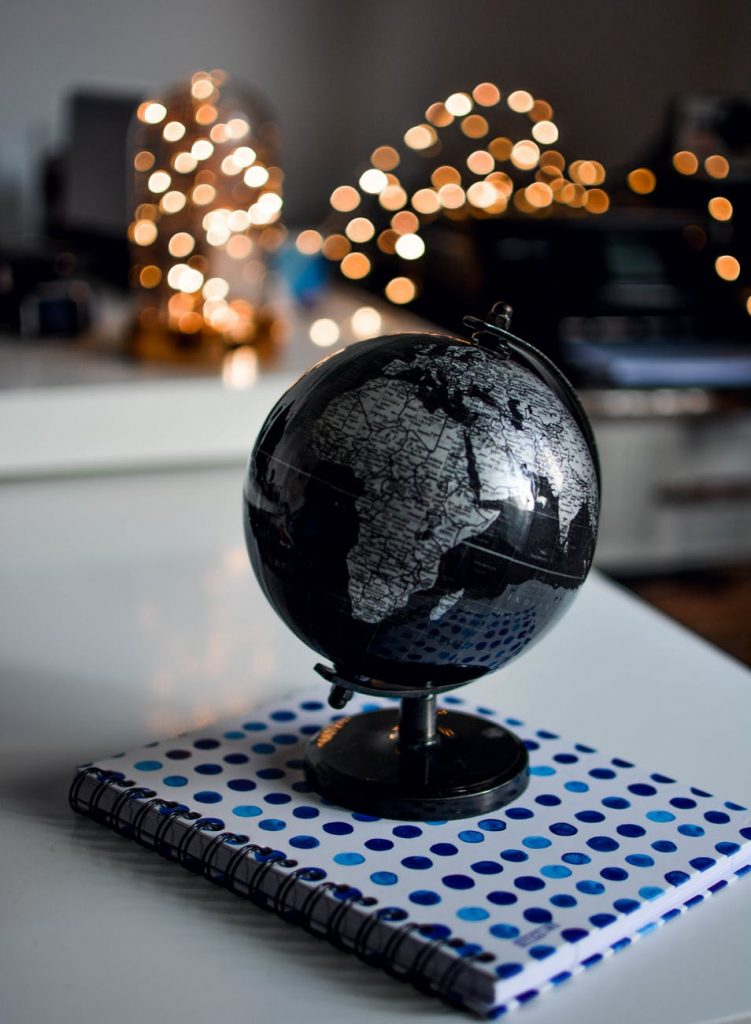
How does noise pollution affect wildlife?
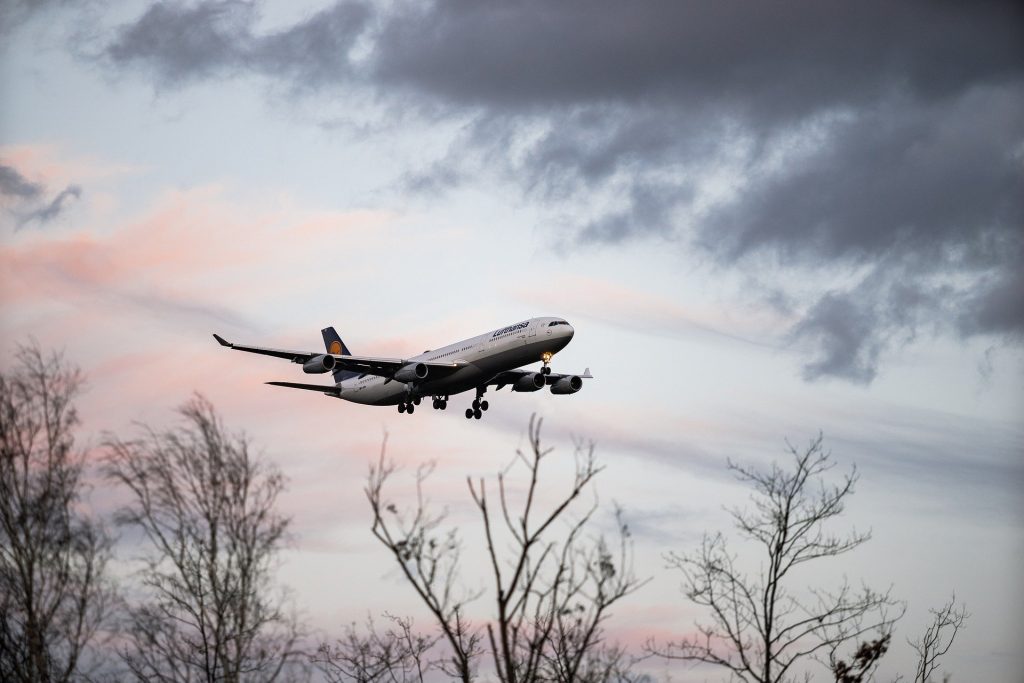
The roads and skies of the UK have been quieter than ever during the lockdown. The peace and stillness has been remarkable – and many of us hadn’t experienced anything like it before. That we felt this way reveals just how used we’ve become to incessant background noise. Even while walking in the deep countryside, you can hear the faint thundering of motorways and the rasping of jet engines.
There is emerging evidence that noise pollution is bad for our health. But what about how noise pollution might be affecting the natural world? Well, luckily, academic interest is growing in this topic, with many scientists and researchers now investigating how noise might be impacting various species. So what sort of noise is involved, which animals are affected, and how?
Species Guide: The Common Toad
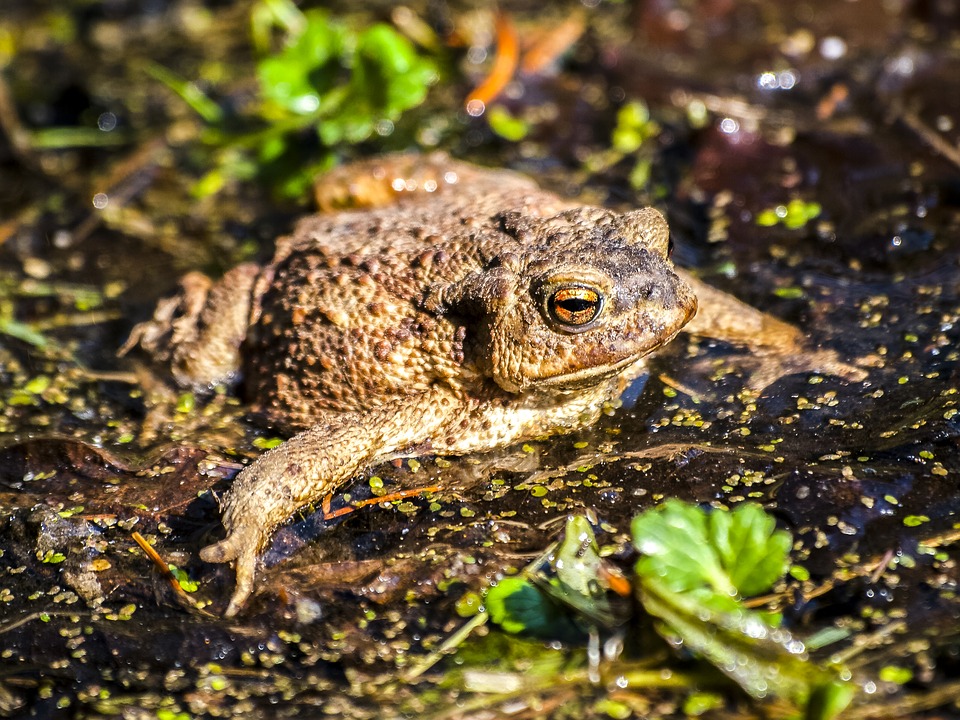
How do I identify one?
Common toads (Bufo bufo) are noticeably larger than our native frogs. Toads have drier-looking skin than frogs, and their skin is characterised by a rough covering of warts, ridges and bumps. Toads are usually brown or olive-coloured, and their eyes are often golden or copper in colour. Toads’ eggs are usually laid as a string of single eggs, in contrast to frogspawn, which is found in clusters. Frogs have much longer legs than toads. Look at the animal’s movement – if it hops, it’s probably a frog, whereas toads usually ‘walk’!
